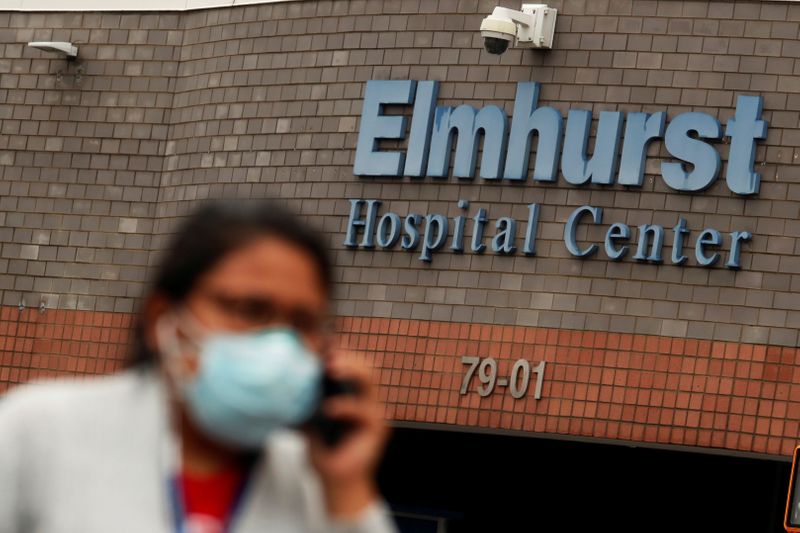This post was originally published on this site
https://i-invdn-com.akamaized.net/trkd-images/LYNXMPEG3S1UK_L.jpg
NEW YORK (Reuters) – If you were laid off in April, the health insurance from your job may stop at the end of the month. Then what?
Rest assured there are options, even if they are all expensive.
If you are losing a workplace plan, you will get paperwork explaining your benefits under the Consolidated Omnibus Budget Reconciliation Act, known as COBRA, which allows you to continue on your same plan. The catch is that you have to pay the full amount of the premiums, not just the employee portion.
“The employer was typically paying 50 to 100% of the cost, that’s why COBRA is so expensive,” said Anthony Lopez, vice president of operations for eHealth.com https://www.ehealthinsurance.com, a nationwide aggregator.
Lopez said most people calling eHealth now are looking for other options besides COBRA, and that means going through the state exchanges, private insurance or short-term plans. You can also go to state websites, healthcare.gov https://www.healthcare.gov or directly to insurance companies to find rates for your personal situation.
“People are scared,” Lopez said, mostly because they fear they will not be able to get health insurance.
Lopez said he was not seeing denials, which is reassuring, but then the fear turns into sticker shock.
The key to picking the best plan is to figure out if it is better to pay less for the premium, but more of the actual cost of the care through a high deductible – and which level to choose.
The average monthly premium for 2020 was $456 for individuals and $1,134 for families, according to eHealth’s latest analysis. Deductibles averaged $4,263 for individuals and $7,893 for families, meaning this is how much they would have to pay out of pocket, excluding services like well visits for children, before the insurance starts to pay.
Options for high-deductible plans have been prevalent for years, even through employer plans, but many would have these costs offset by the employer paying a big chunk of the premium and also contributing a lump sum toward the deductible.
Help might be available for premium reductions for those who qualify for government subsidies. The math will be a little tricky right now though, because the calculation is based on your last tax return. If you estimate your income based on your job loss, and then you get another job, you may owe a penalty, Lopez warned.
DEALING WITH DEDUCTIBLES
It is not just Americans facing job losses who have to face the reality of high deductibles because of COVID-19. Those still on their workplace plans, who may have been furloughed but are able to keep their insurance, are having to manage their costs more than ever.
Researchers at the University of Southern California Sol Price School of Public Policy studied what happens financially to people who switch from traditional health plans to high-deductible plans, and found there was a significant increase in out-of-pocket spending and excessive financial burden.
“If you are healthy and lucky, then a high deductible is a great thing for you,” said Neeraj Sood, a professor at USC who worked on the study.
None of us is very lucky right now, however.
In reality, it is very easy to rip through a deductible of several thousand dollars. A couple of trips to urgent care at full price or an afternoon in an emergency room could do it.
Even if the test for COVID-19 is a covered expense, there are all sorts of other costs you could face if you fall ill, and you are on the hook for normal healthcare costs too.
It takes advance planning to properly deal with these expenses, and that will not be something everyone can pull off with stretched finances.
Jeff Hicks, a certified financial planner from Illinois, is one model. He has had a $10,000 family deductible plan for nearly 20 years, and each year religiously puts aside the full amount of the deductible in a Health Savings Account, which is a specialized pre-tax account that also grows tax-free.
For the first four years, he spent none of it. Then his wife got very sick, and they went the next four years spending the full amount. Since then, they have gone back and forth on the spending.
“Once she had this catastrophic deal, I knew we were looking at potentially having it every year. I resigned myself to the fact that this may be the path we’re on,” Hicks said.

